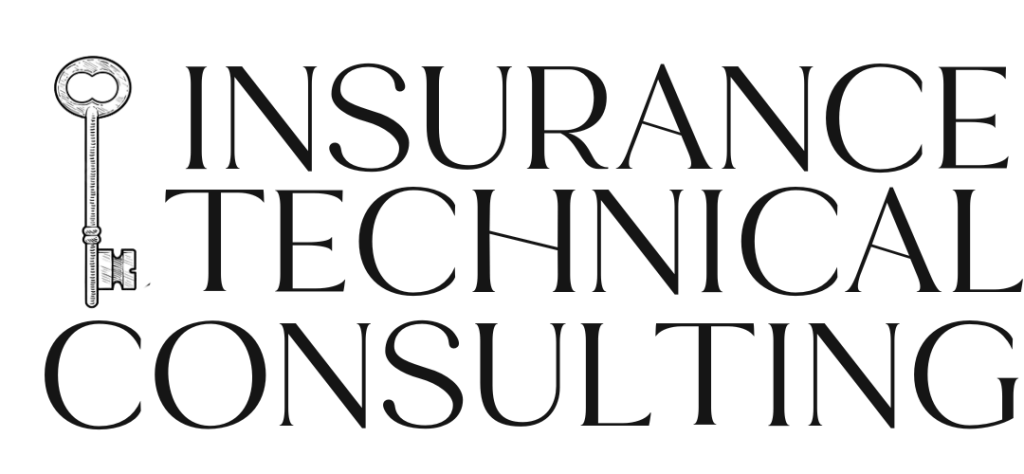2 minute read

The Employee Retirement Income Security Act, or ERISA, is a federal law that has been amended several times since its passage in 1974. Among other sections, the law says that employers with retirement and welfare benefit plans are required to protect those plans against fraud and dishonesty. The protection is provided through a bond.
Retirement and welfare benefit plans include 401(k), health care, unemployment, etc. Participants in the plan are both current and terminated employees (including retirees), and their covered dependents. Plans are funded by employers and employees, and can hold millions of dollars or more.
Administrators and employees that have access to such plans can steal funds. An ERISA bond, sometimes referred to as a 401(k) fidelity bond, protects the plan and its beneficiaries. In case of a loss, the ERISA bond replaces the lost funds, and the insurer will do its level best to obtain reimbursement from the person who mishandled the funds.
An ERISA bond limit must be at least 10% of the amount in the plan. The minimum limit is $1,000, and the maximum is $500,000, or $1,000,000 for a plan that holds the employer’s own issued securities. For example, a 401(k) plan holds $3.5 million, so the bond limit should be $350,000+, knowing that the funds will increase throughout the bond’s term. An ERISA bond term is often 3 years.
The bond can be purchased as a separate policy, or often can be combined as part of a package containing Property, GL, etc. The name of the plan must be a Named Insured. For example, ABC Painting Company is the insured on the package. For the bond, the insured is ABC Painting Company Benefits Plan. The premium is typically a few hundred dollars.
ERISA is a complex law containing several parts. More information can be found from the Employee Benefits Security Administration.
Retirement and welfare benefit plans include 401(k), health care, unemployment, etc. Participants in the plan are both current and terminated employees (including retirees), and their covered dependents. Plans are funded by employers and employees, and can hold millions of dollars or more.
Administrators and employees that have access to such plans can steal funds. An ERISA bond, sometimes referred to as a 401(k) fidelity bond, protects the plan and its beneficiaries. In case of a loss, the ERISA bond replaces the lost funds, and the insurer will do its level best to obtain reimbursement from the person who mishandled the funds.
An ERISA bond limit must be at least 10% of the amount in the plan. The minimum limit is $1,000, and the maximum is $500,000, or $1,000,000 for a plan that holds the employer’s own issued securities. For example, a 401(k) plan holds $3.5 million, so the bond limit should be $350,000+, knowing that the funds will increase throughout the bond’s term. An ERISA bond term is often 3 years.
The bond can be purchased as a separate policy, or often can be combined as part of a package containing Property, GL, etc. The name of the plan must be a Named Insured. For example, ABC Painting Company is the insured on the package. For the bond, the insured is ABC Painting Company Benefits Plan. The premium is typically a few hundred dollars.
ERISA is a complex law containing several parts. More information can be found from the Employee Benefits Security Administration.
Do your validating producers understand the ERISA bond requirement, or know where to learn about it? Insurance Technical Consulting specializes in one-on-one mentoring of commercial producers so they gain confidence in what they are selling and make fewer errors. Save your agency time with potential to increase revenue and reduce E&O costs. Explore the website at InsuranceTechnicalConsulting.com for more information.
Share Post :
